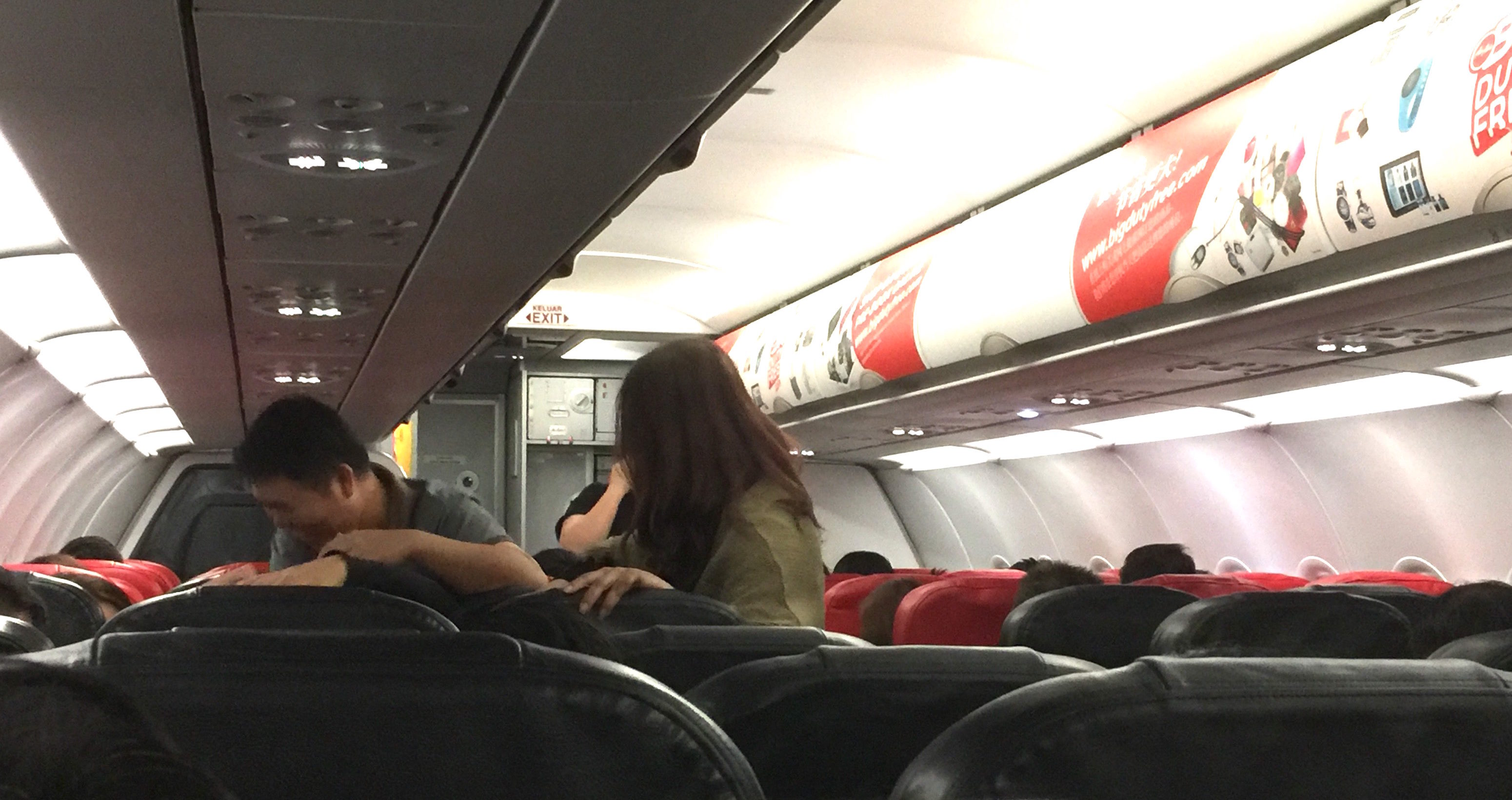I noted on my last Air Asia flight, how much disregard was shown for the seat belt sign with passengers chatting in rows and aisles and wandering up and down the plane even while we went through turbulence. If you have any family members or friends who still believe wearing the seat belt in a plane during turbulence, is optional, show them this post.

Last week, Canada’s Transportation Safety Board gave a very strong reminder for passengers to wear seatbelts in their report on Air Canada flight 088 . I am always fascinated by air turbulence stories and this flight was seared into my brain when it happened.
Air Canada’s Boeing 777 was flying from Shanghai to Toronto on 30th December, 2015. It was diverted to Calgary after 21 people were injured in severe turbulence. One of them was slammed to the floor and suffered a broken pelvis. All of the injured were not wearing safety belts. This was despite repeated announcements in English, Mandarin and French asking people to “belt up”.
The report on flight AC088 says that the route chosen meant the flight crossed a jet stream travelling from south to north over Alaska. The plane had to bisect the jet stream and the crew were advised that there would be some associated moderate turbulence.
Five hours into the flight, the original forecast for moderate turbulence was upgraded to severe turbulence. The area of turbulence was over the southern coastal mountains of Alaska, about 85 kilometres northeast of Anchorage.
The plane experienced two significant turbulence events over 21 minutes. Altitude varied from 35,000 to 32, 868 feet and recorded airspeeds fluctuated from 261 to 320 knots, In the first event, the peak vertical acceleration forces recorded were + 1.7 g and + 0.14 g. In the second event, peak vertical acceleration forces recorded were + 2.21 g and -1.32 g and the aircraft roll varied between 10° and 15° to the left and right.
This video from the TSB gives a sample of what it could be like:
From the video: The best way to stay safe is also the simplest: wear your seatbelt whenever seated and comply with all crew instructions.
The TSB notes that getting people to wear safety belts, however, is a challenge. In Canada where it is compulsory in cars, five per cent of car passengers do not fasten their belts. It notes that in China, where most of the ACC88 passengers were from, seat belt use is around 47% to 49% for drivers, 1% to 9% for front seat passengers and even lower for back seat passengers.
I have had lots of turbulence in my flying life – most of it light or moderate. (Though, often what I feel is light turbulence, I have heard people telling their friends and family how rough they found the fight!) I have experienced five severe episodes in 1100 flights.
Two actually made me almost too nervous to ever fly again, such was their severity. One was through a convergence of three storms over Utah and the other was in NZ. I didn’t film them (three were pre-iPhone). This video of a Turkish airlines turbulence episode shows how much hammering a plane can get [mild language warning] and is reminiscent of my worst experiences:
This confirms my resolve never to neglect my seat belt! Please do the same.
Related Posts


Leave a Reply